IBM gets 10 Gigabit Ethernet on blade servers
Anticipated demand for virtualisation and high performance computing sees 10 Gigabit Ethernet début on IBM blade servers.
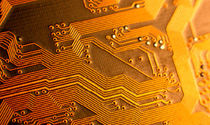
BLADE Network Technologies and NetXen have teamed up to provide 10 Gigabit Ethernet connectivity for IBM BladeCenter systems.
In a bid to both extend the market for blade systems and take 10 Gigabit Ethernet blade systems mainstream, the companies are anticipating strong demand for 10 Gigabit Ethernet blade servers for virtualisation and High Performance Computing, but also bandwidth-intensive apps such as IPTV and massively multiplayer online gaming.
The BLADE 10Gbit/sec switch provides 20 10 Gigabit Ethernet ports, with 14 internal to the chassis and six external, for connection to the network. The BLADE switch is used with IBM BladeCenter via a dual-port 10 Gigabit Ethernet expansion card from NetXen, which can support multi-protocol offload.
"We are taking datacenter performance and affordability to the next level for enterprise customers and paving the way for mainstream adoption of 10GE blade systems," said the President of NetXen, Dave Pulling.
The BLADE Nortel 10Gbit/sec Ethernet Switch Module is priced at $9,799 and the NetXen 10 Gigabit Ethernet Expansion Card is $899, with immediate availability from IBM.
The announcement, from the Blade.org summit, coincides with the first anniversary of the organisation. Set up in 2006 by the likes of Intel, IBM, Citrix and Nortel, it has been trumpeting the investment made in the blade market - $1bn (560m) via more than 50 venture capital companies.
Intel and IBM first went public with design specs for the BladeCenter platform back in September 2004.
Get the ITPro daily newsletter
Sign up today and you will receive a free copy of our Future Focus 2025 report - the leading guidance on AI, cybersecurity and other IT challenges as per 700+ senior executives
They decided that companies that base their designs on the BladeCenter platform would not have to pay any royalties or license any patents. The only charges the partners make is if manufacturers need the assistance of their engineers.
According to IDC it is the industry's fastest growing server market segment predicted to reach $11bn (6.6bn) in revenue by 2010.
A Blade Server consists of a motherboard with single or multiple processors, memory, a network connection and sometimes storage. The ultra-thin devices are intended for use by large computing centres where space is at a premium.
-
 Asus ZenScreen Fold OLED MQ17QH review
Asus ZenScreen Fold OLED MQ17QH reviewReviews A stunning foldable 17.3in OLED display – but it's too expensive to be anything more than a thrilling tech demo
By Sasha Muller
-
 How the UK MoJ achieved secure networks for prisons and offices with Palo Alto Networks
How the UK MoJ achieved secure networks for prisons and offices with Palo Alto NetworksCase study Adopting zero trust is a necessity when your own users are trying to launch cyber attacks
By Rory Bathgate
-
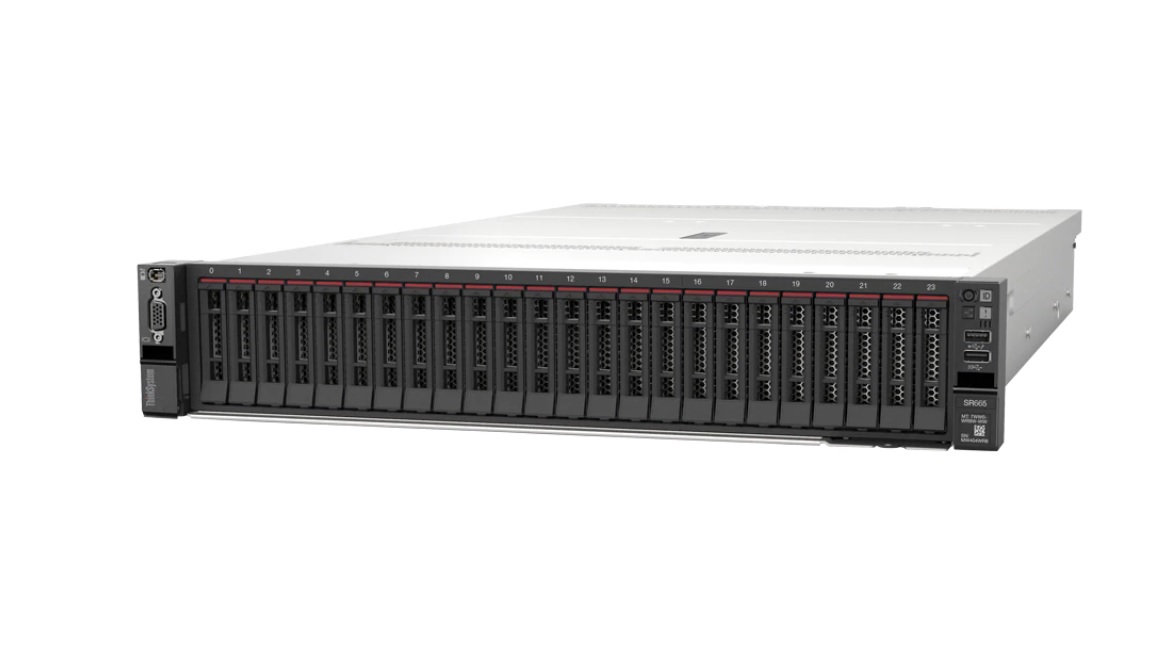 Lenovo introduces ThinkSystem SR645 and SR665 two-socket servers
Lenovo introduces ThinkSystem SR645 and SR665 two-socket serversNews Lenovo joins the dual-socket AMD EPYC game with two new servers
By Sarah Brennan
-
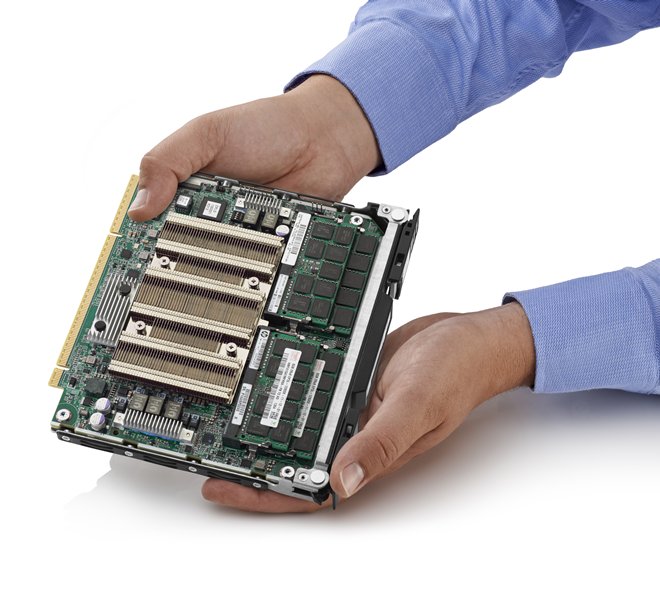 HP packs 64-bit ARM chips into Moonshot servers
HP packs 64-bit ARM chips into Moonshot serversNews ARM coming to a mainstream datacentre near you soon
By Rene Millman
-
Enterprise Blade Servers
Reviews Using blade servers can help you improve both data centre resource utilisation and effectiveness, and IT PRO has exclusively reviewed and tested four of the latest blade server products.
By Dave Mitchell
-
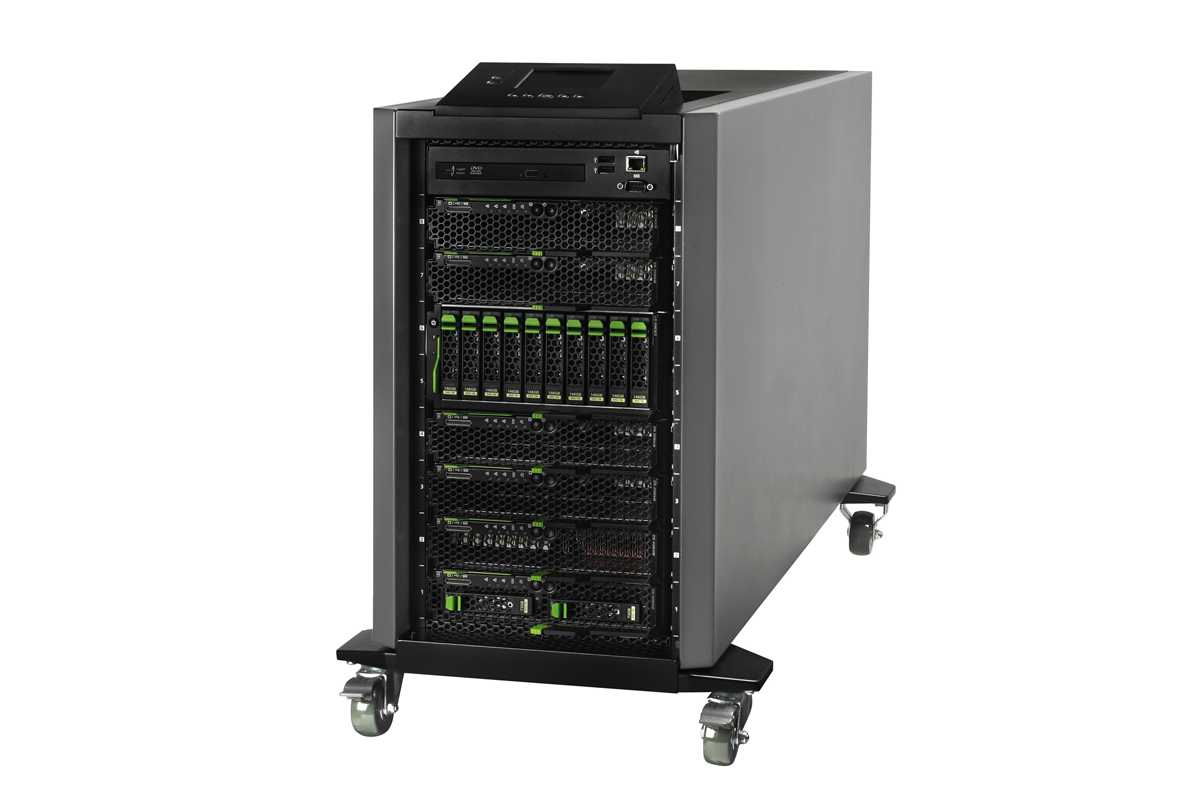 Fujitsu Primergy BX400 S1 review
Fujitsu Primergy BX400 S1 reviewReviews Fujitsu's new Primergy BX400 S1 blade server is a complete data centre on wheels for SMBs. However, HP sells a very similar system, the c3000 Shorty. Is the new Primergy a match for the Shorty? Dave Mitchell finds out in our exclusive review.
By Dave Mitchell
-
 HP refreshes rack and blade server lines
HP refreshes rack and blade server linesNews At its Tech Forum event in Las Vegas, HP calls it latest server refresh the biggest in at least four years.
By Jennifer Scott
-
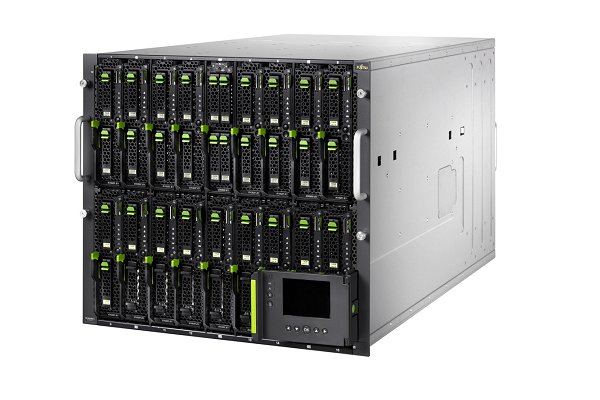 Fujitsu Primergy BX900S1 Dynamic Cube - blade server review
Fujitsu Primergy BX900S1 Dynamic Cube - blade server reviewReviews Fujitsu ups the ante in the blade server market with its new Dynamic Cube. Is resistance futile?
By Dave Mitchell
-
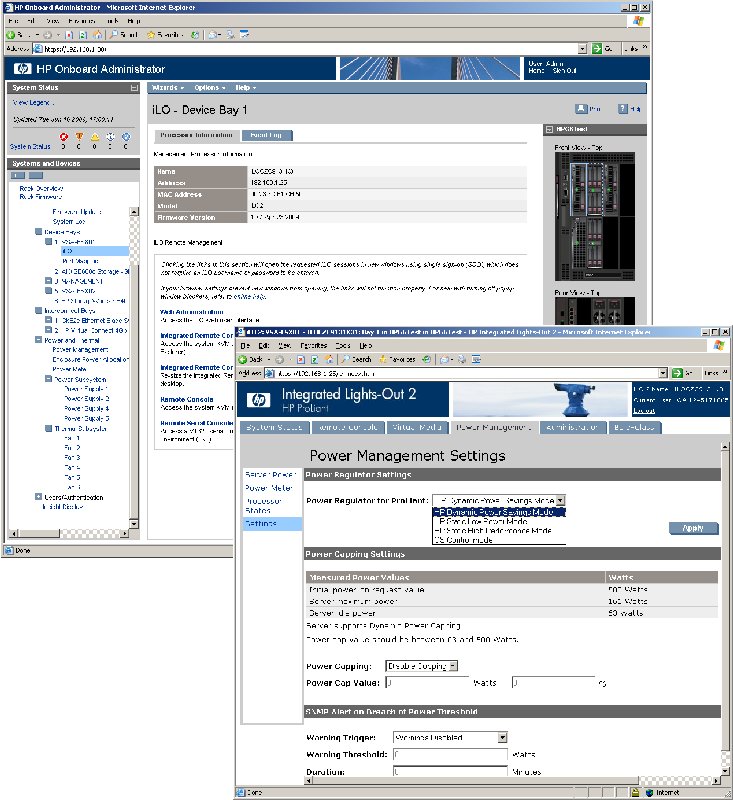 HP BladeSystem c3000 review: blade server
HP BladeSystem c3000 review: blade serverReviews Built like a tank and not weighing much less, this floor-standing ‘data-centre in a box’ from HP comes on wheels, much to Dave Mitchell's relief.
By Dave Mitchell
-
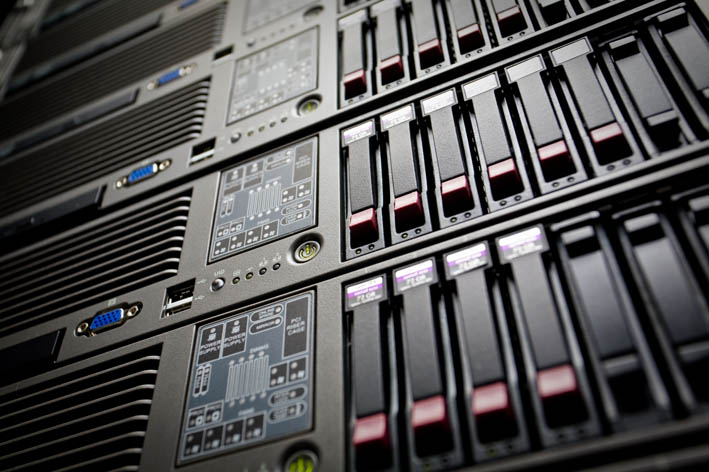 Double-digit decline for servers
Double-digit decline for serversNews The economy has hit server shipments around the world, sending them down 12 per cent and hitting revenue for the quarter, too.
By Nicole Kobie